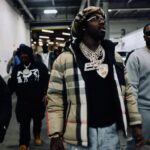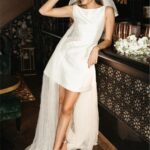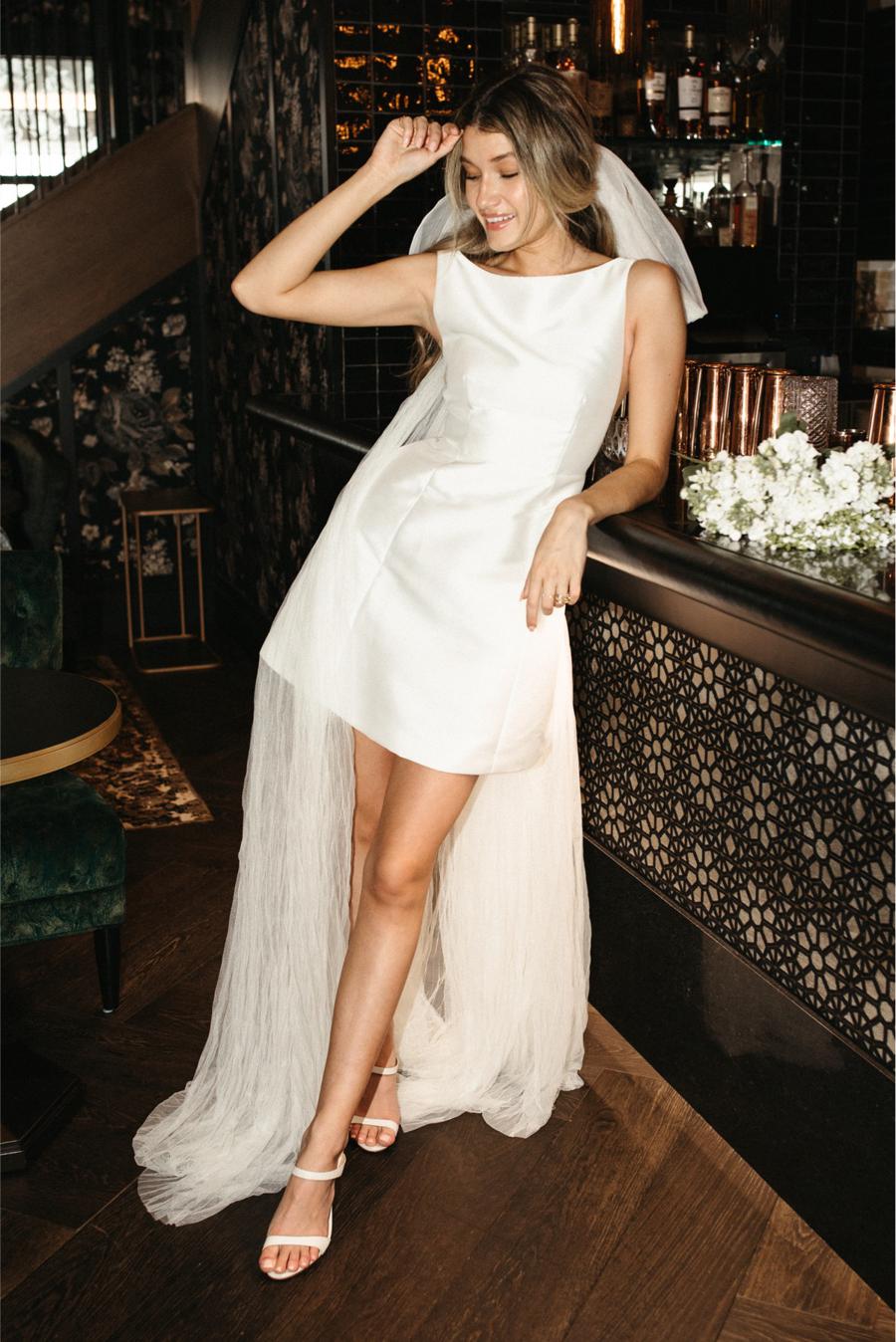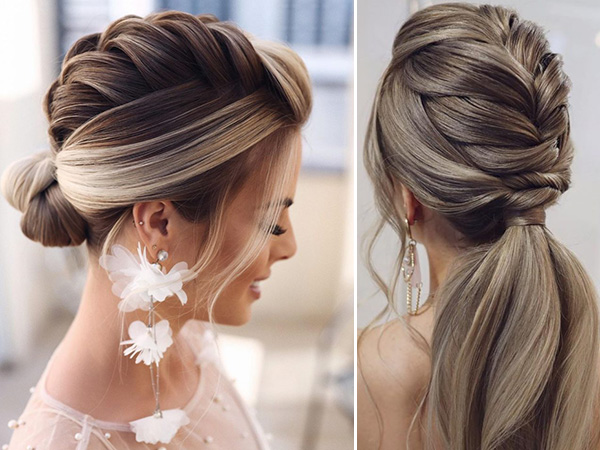Introduction
The 1920s was a vibrant and transformative period in the realm of men’s fashion. It marked a departure from the rigid styles of the past, embracing a more relaxed and expressive approach to dressing. This article explores the essence of 1920s Fashion For Men, highlighting key elements, influential figures, and the societal influences that shaped this iconic era.
Key Components of Men’s Fashion in the 1920s
Flapper Style
One of the most distinctive features of 1920s fashion was the adoption of the “flapper” style, characterized by loose-fitting clothing that allowed for greater freedom of movement. This shift was reflective of the changing roles and attitudes of women in society, which in turn influenced men’s fashion towards more casual and comfortable attire.
Suiting and Tailoring
Men’s suits underwent a revolution during the 1920s, moving away from the heavy, formal suits of the Victorian era towards lighter, more streamlined designs. The classic suit with a high-waisted, narrow-cut trouser became popular, often paired with a contrasting vest.
Accessories
Accessories played a crucial role in defining men’s fashion in the 1920s. Wide-brimmed hats, such as the fedora or flat cap, were a staple. Neckties were often colorful and boldly patterned, adding flair to otherwise understated outfits. Pocket squares, cufflinks, and tie pins were also popular embellishments.
Influence of Social Changes on Men’s Fashion
The post-war period and the onset of Prohibition significantly impacted men’s fashion. The economic boom led to increased spending on clothing, while the illicit nightlife scene fueled a desire for fashionable yet functional attire.
Popular Fashion Icons of the 1920s
The Great Gatsby portrayed both in F. Scott Fitzgerald’s novel and subsequent film adaptations, epitomized the lavish style of the Jazz Age. His impeccably tailored suits and opulent accessories set the standard for sophistication.
Charlie Chaplin, with his bowler hat and oversized trousers, showcased a more whimsical and accessible side of 1920s fashion. His iconic look remains synonymous with silent film-era charm.
Dressing Etiquette and Trends
In the 1920s Fashion For Men, there was a clear distinction between casual and formal wear. Daytime attire consisted of relaxed suits or sporty ensembles, while eveningwear was characterized by tuxedos or elegant dinner jackets.
Materials and Fabrics Used
The fabrics of choice for men’s clothing in the 1920s included wool and tweed for outerwear, linen, and cotton for summer wear, and luxurious silk or velvet for evening attire. These materials emphasized comfort and style.
Hairstyles and Grooming
Short, slicked-back hair with side parts was the dominant hairstyle for men during this period. Mustaches and neatly groomed beards were also fashionable, adding a touch of masculinity to the overall look.
Influence of Hollywood and Media
The burgeoning film industry played a pivotal role in disseminating fashion trends to a global audience. Hollywood stars like Rudolph Valentino and Douglas Fairbanks became style icons, influencing men’s fashion choices worldwide.
Legacy and Modern Resurgence
The legacy of 1920s Fashion For Men continues to resonate in contemporary menswear. Designers frequently draw inspiration from this era, reinterpreting classic silhouettes and incorporating vintage elements into modern collections. Cultural references to the Roaring Twenties frequently appear in popular culture, ensuring that the spirit of this iconic period endures.
Conclusion
The 1920s was a transformative era for men’s fashion, characterized by innovation, freedom, and a departure from tradition. The influence of this period can still be seen in today’s styles, highlighting the enduring appeal of Jazz Age elegance and flair.
FAQs
What characterized men’s fashion in the 1920s?
Men’s fashion in the 1920s was defined by relaxed suits, colorful accessories, and an overall move towards more casual and comfortable attire.
How did World War I influence men’s fashion during this era?
World War I led to a shift in societal attitudes and economic conditions, paving the way for lighter, more practical clothing styles.
Who were some notable fashion icons of the 1920s?
Icons like The Great Gatsby and Charlie Chaplin epitomized 1920s fashion, each representing different facets of the era’s style.
What were the typical accessories worn by men in the 1920s?
Men commonly wore wide-brimmed hats, colorful neckties, and accessories like pocket squares and cufflinks to complement their outfits.
How has 1920s fashion made a comeback in recent years?
Contemporary fashion often incorporates elements of 1920s style, reflecting a nostalgic appreciation for the elegance and innovation of that era.










